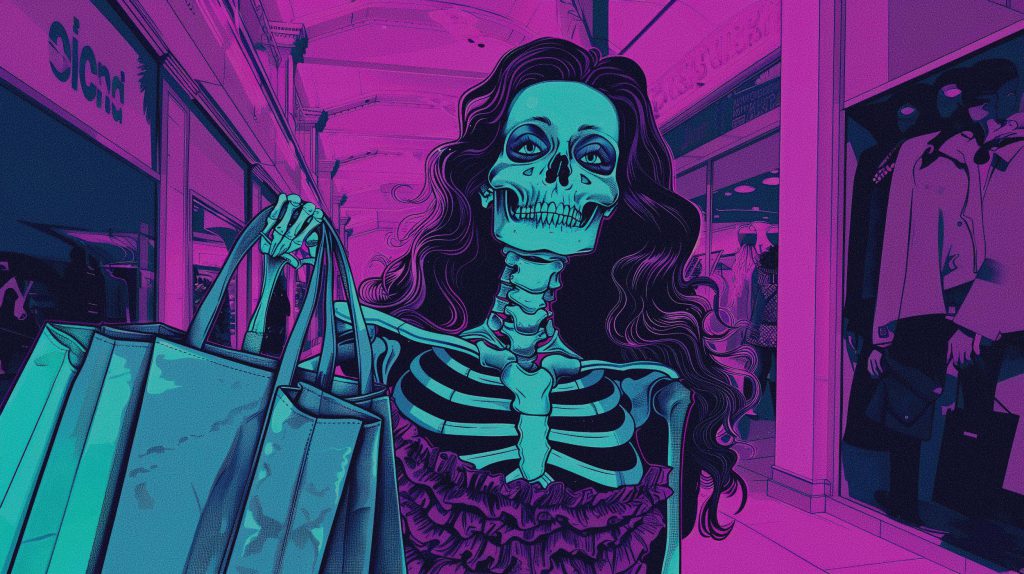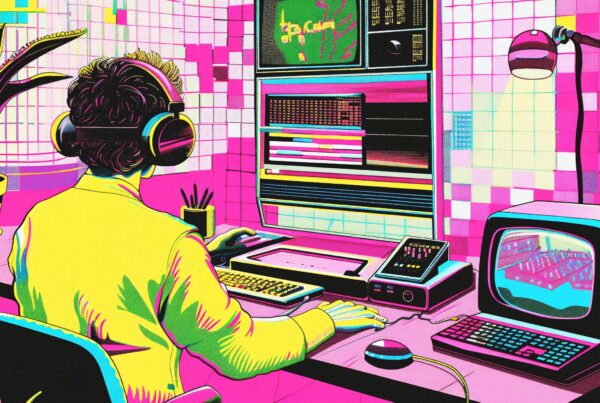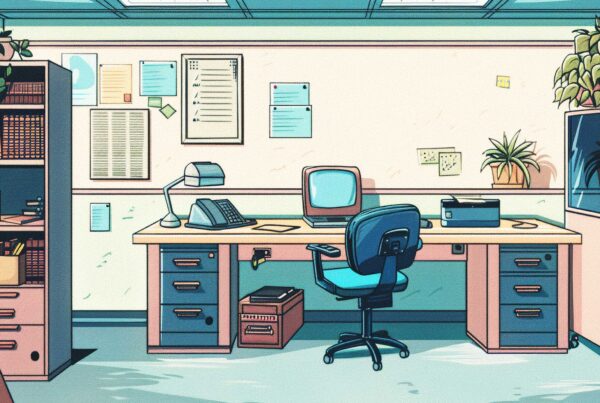Creative professionals—whether designers, copywriters, or art directors—are the lifeblood of any standout brand. But working effectively with them requires more than just tossing over a brief and waiting for magic. It’s a collaborative dance that hinges on clarity, trust, and mutual respect. The way you communicate can either empower a designer to do their best work or stifle the creative process entirely. If you’ve ever wondered how much guidance is too much, or why your feedback isn’t landing the way you hoped, it might be time to rethink your approach. Here’s how to get the most out of working with creatives—without becoming a backseat driver.
Striking the Right Tone When Briefing Creatives
The tone you use when briefing a creative sets the stage for the entire project. Too rigid, and you risk boxing them in; too vague, and they’re left guessing. The sweet spot? Confident, clear, and collaborative. Start by stating the business objective, not just the deliverable. For example, don’t just say “We need a banner ad.” Instead, clarify that you need a banner that increases sign-ups by 20% among a specific audience. This helps the designer think strategically, not just aesthetically.
Avoid coming across as prescriptive. Creative professionals are problem-solvers, not just executors. Instead of saying “Make it blue and put the logo in the top-left corner,” say “We want the brand to feel trustworthy and established—how can we visually communicate that?” This kind of language invites exploration and shows you value their expertise. Remember, creatives thrive on autonomy and purpose, not marching orders.
Tone also matters in how you frame constraints. Every project has them—budget, timeline, brand guidelines—but how you communicate those limitations can make a difference. Rather than saying “You can’t use any custom illustrations,” explain “We’re working with a tight turnaround, so we’ll need to stick to stock assets this time.” It’s a subtle shift that keeps morale intact and fosters a problem-solving mindset.
What to Share and What Designers Can Infer
One of the most common pitfalls in working with creatives is information overload. Yes, context is important—but too much context can blur the brief. A good rule of thumb: share the “why” behind the project, the “who” it’s for, and the “what” you hope to achieve. Leave the “how” open for the designer to explore. You don’t need to specify every pixel or layout detail; trust them to bring your strategy to life in a visually compelling way.
That said, don’t assume designers are mind readers. They need to understand the brand’s tone, visual identity, and any non-negotiables (like mandatory copy or legal disclaimers). If there’s a specific problem you’re trying to solve—say, bounce rates on a landing page—share that insight. It gives the creative team a chance to design with purpose, rather than just aesthetics. But skip the 40-slide decks and 12-month marketing plans. If it doesn’t directly inform the creative output, leave it out.
Designers are trained to interpret nuance. They can usually infer things like emotional tone, layout logic, or user behavior cues—if you’ve set them up with a solid foundation. Think of your brief as a launchpad, not a blueprint. The best creative outcomes often come from giving them room to surprise you. If you’ve done your job in setting clear objectives and boundaries, let them do theirs in bringing it to life with originality.
Giving Feedback Without Micromanaging the Process
This is where many well-meaning marketers go off the rails. Feedback is critical, but how and when you deliver it can either elevate the work or derail it entirely. Start by separating personal taste from strategic critique. Saying “I don’t like this color” isn’t helpful unless you can tie it back to the objective: “I’m concerned this color may not resonate with our older demographic.” Always anchor your feedback in goals, not gut reactions.
Timing matters, too. Don’t hover over the designer’s shoulder or request daily check-ins. That’s not collaboration—it’s surveillance. Give them space to explore and iterate. If you’re nervous about going too far off track, set a mid-point review with clear criteria for what success looks like. This creates a structured feedback loop without suffocating the process. Trust is the currency here; if you don’t trust your creative team, no amount of oversight will fix that.
The biggest danger of being a backseat driver is that you undermine the very value you hired creatives for: their ability to solve problems visually and conceptually. When you start dictating font sizes, button placements, or animation speeds without understanding the rationale, you’re not helping—you’re hijacking. Instead, ask questions like “What’s the thinking behind this layout?” or “How does this choice support our goal?” That opens a dialogue, not a directive. Remember, great creative work isn’t built by committee—it’s built by trust.
Working with creative professionals should feel like a strategic partnership, not a tactical transaction. When you strike the right tone, share the right amount of information, and give feedback that guides rather than dictates, you unlock the full potential of your creative team. And in a world where brand differentiation is everything, that’s not just a nice-to-have—it’s a competitive advantage. Trust your creatives, respect their process, and resist the urge to control every pixel. That’s how the best work gets made.































